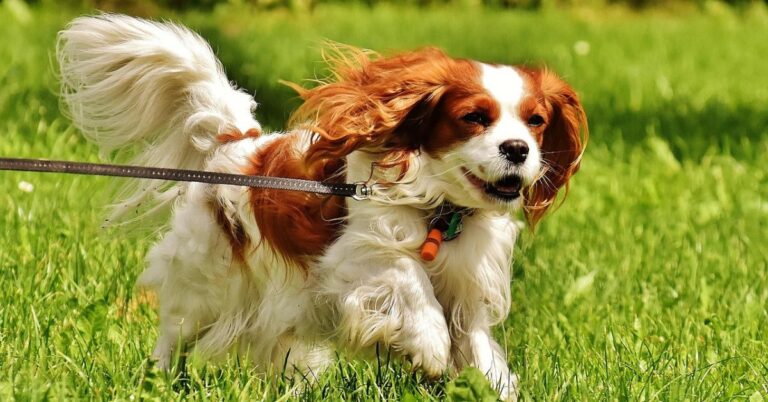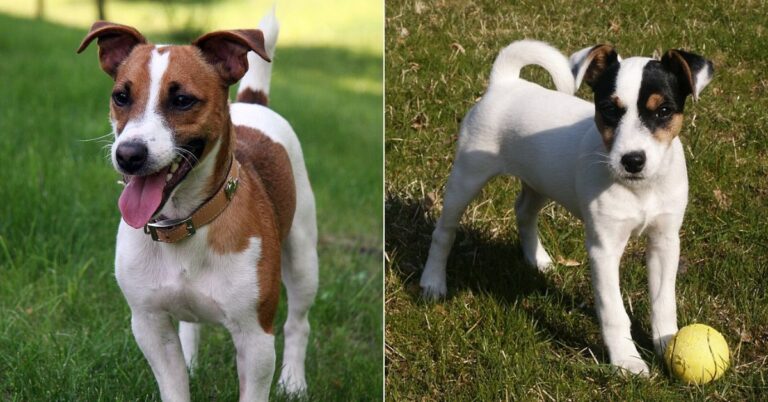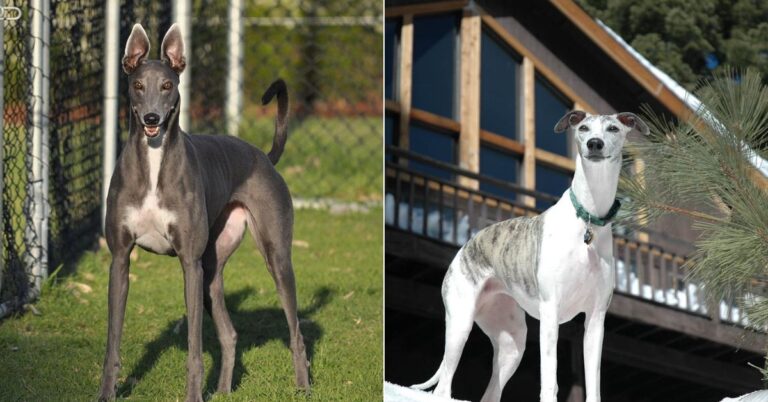20 Unique Qualities Of Greater Swiss Mountain Dogs
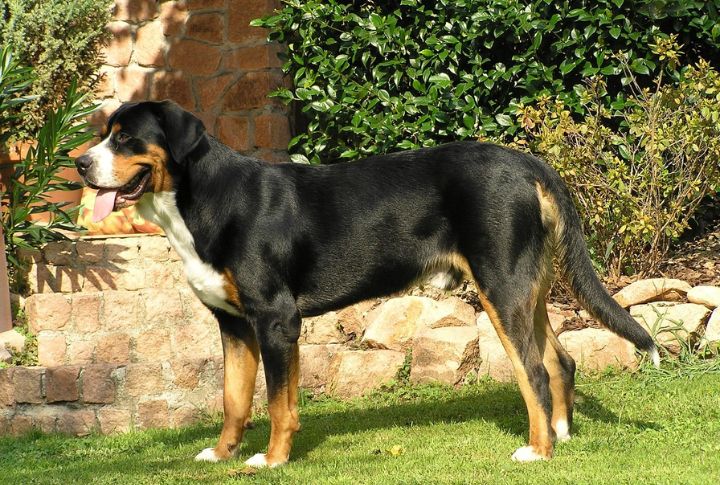
Every breed has something that makes it unique, and the Greater Swiss Mountain Dog is not left out. If you’ve ever seen one or heard about them, you can bet there is still more about them that you don’t know. Here, we will take you into the world of this breed so you can understand and appreciate it better
One Of The Oldest Swiss Working Breeds

The Greater Swiss Mountain Dog traces its roots to ancient war dogs brought by Roman legions over 2,000 years ago. These strong, mastiff-type breeds settled in the Alps and evolved into capable draft and guard dogs, eventually becoming a proud symbol of strength in Switzerland.
Built To Pull Carts And Haul Loads

With strong shoulders and a deep chest, the Swissy was once a go-to “poor man’s horse.” Farmers used them to pull milk carts and transport supplies to market. Their physical power and willingness to work made them indispensable in rural Swiss life.
Nearly Lost In The Early 1900s
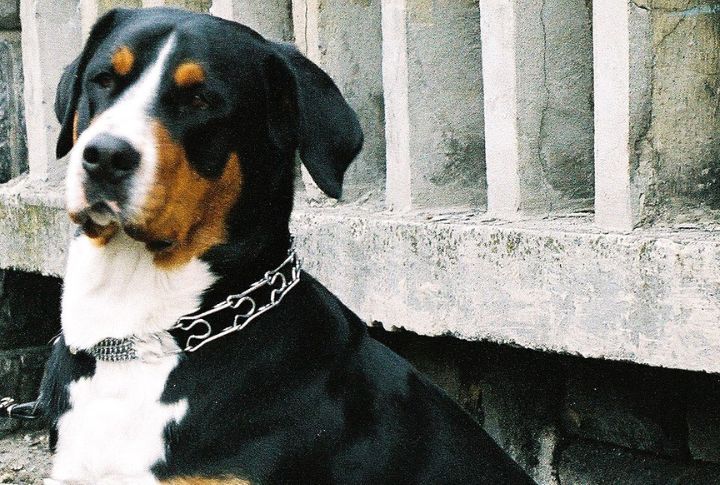
This breed nearly vanished in the early 20th century as machines replaced working farm dogs and city life grew. It was rediscovered in 1908 by Dr. Albert Heim, a Swiss dog expert, who recognized its value and made an effort to save the Greater Swiss Mountain Dog from extinction.
Impressive Pulling Power
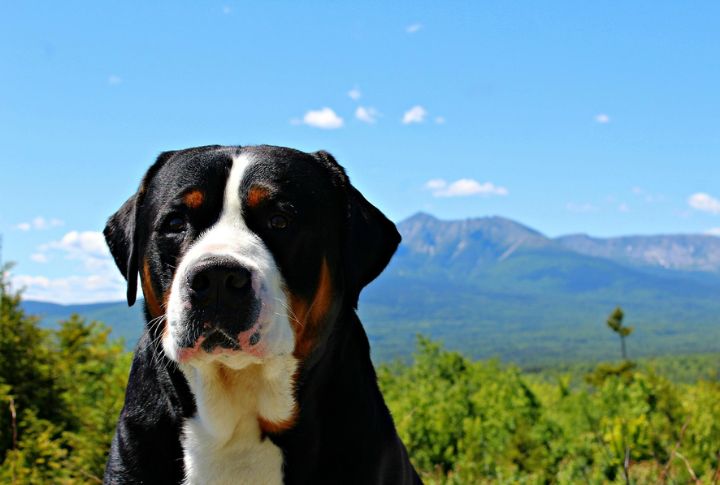
Here’s a breed that can pull up to 3,000 pounds in weight, thanks to its origins as Swiss draft dogs. Their strength made them ideal for hauling dairy carts in mountain villages, and that hasn’t changed even today. This can come in handy for pulling tasks that modern owners may need help with.
The Tricolor Coat Is A Signature Trait

The Swissy’s black base coat features white and rust-colored markings in specific spots like the face, chest, and legs. These markings aren’t random but rather part of the official breed standard, which helps distinguish the Swissy from other working breeds.
Late Bloomers In Growth And Maturity
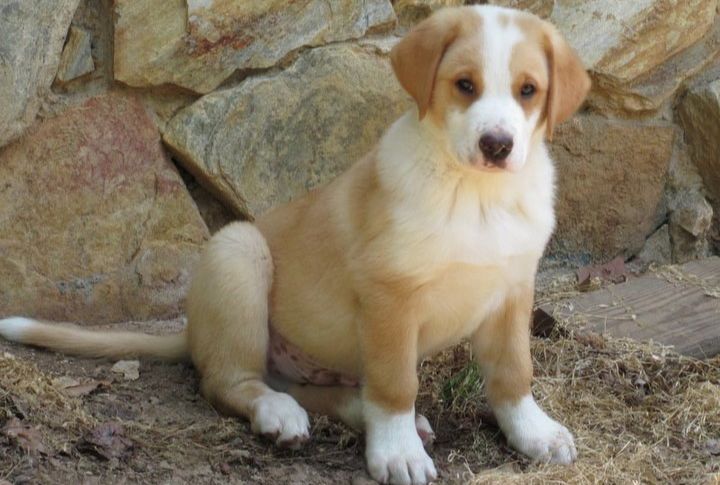
Greater Swiss Mountain Dogs grow slowly, often not reaching full physical or mental maturity until they are three years old. This extended puppy phase means training and patience are key—don’t expect them to settle down quickly, as smaller breeds might.
Natural Guard Dog Instincts

Swissies are big but tender with their family. They’re naturally protective but rarely aggressive, often preferring to keep an eye on things rather than jump into action. Their calm confidence makes them excellent companions and trustworthy around children.
They Need A Job To Stay Happy
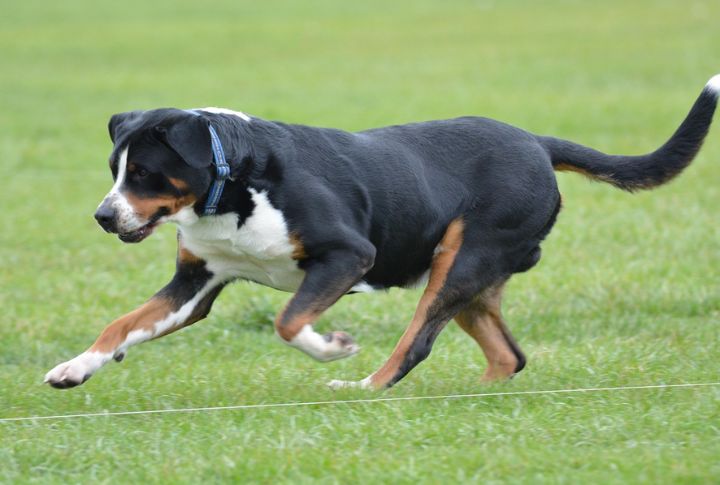
Greater Swiss Mountain Dogs thrive when they have meaningful tasks. Whether pulling carts, hiking with you, or learning new tricks, staying busy keeps them mentally sharp and physically healthy. Without activity, they can get bored and develop unwanted behaviors.
Surprisingly Agile For Their Size
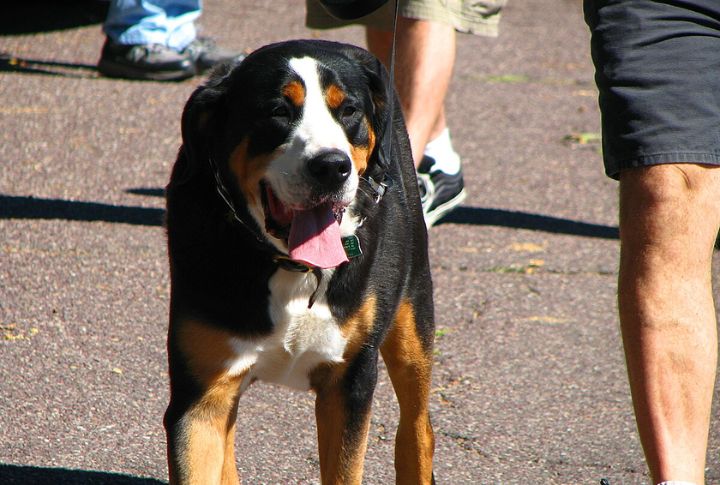
Despite weighing up to 140 pounds, these dogs move with surprising grace. Their muscular build and balanced frame help them handle rocky terrain and farm work effortlessly. It’s this unexpected agility that tends to catch first-time owners off guard.
Early Socialization Is Essential
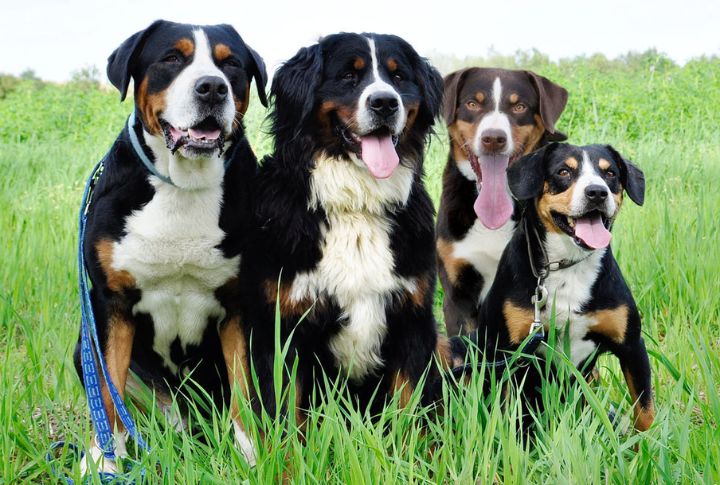
Swissies can be wary of strangers if not socialized early. Getting these dogs acquainted with different people, places, and experiences helps them grow into well-rounded pets. Consistent positive exposure reduces shyness or territorial behavior and boosts their confidence around new situations.
Bloat Risk Means Smart Feeding
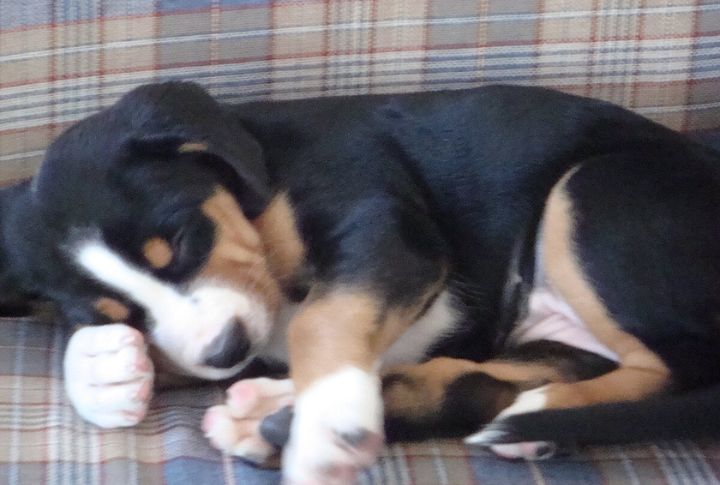
Greater Swiss Mountain Dogs are prone to bloat, a serious stomach condition. Feeding smaller and more frequent meals, along with avoiding vigorous exercise right after eating, helps reduce the risk. Knowing this can save your dog’s life, so smart feeding is a must.
Heavy Shedding Requires Grooming
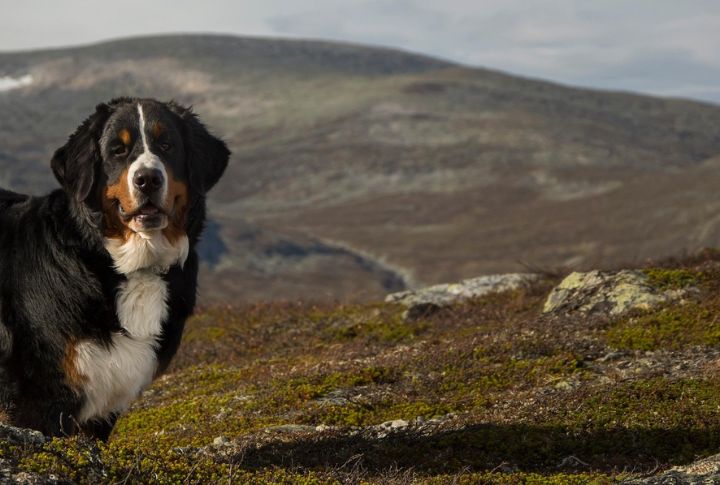
Their dense double coat sheds heavily, especially during seasonal changes. Regular brushing helps keep loose fur under control and prevents mats. Taking time to groom your Swissy also means keeping an eye out for skin issues, which is vital for their well-being.
Not Suited For Apartment Living
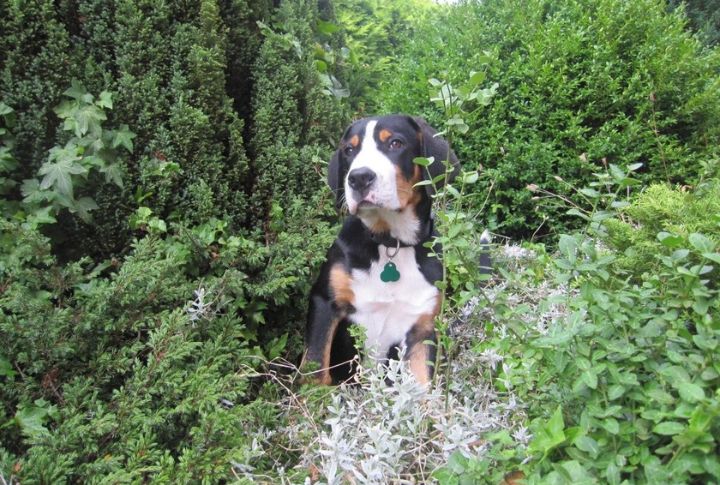
These dogs need plenty of space to move and explore. Apartments often don’t provide enough room for their size or energy levels. A house with a big yard or access to wide open areas suits this breed much better and keeps them happy and healthy.
They’re More Vocal Than You’d Think
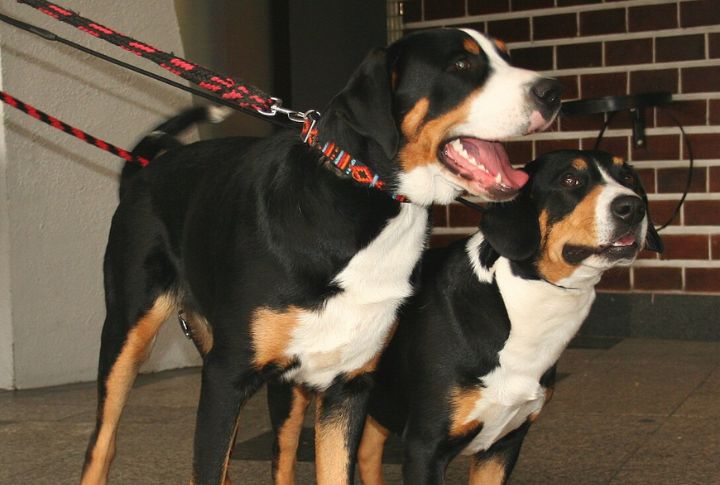
Greater Swiss Mountain Dogs communicate beyond just barking. They can grunt, whine, and even “talk” with different sounds to express excitement or concern. This vocal variety helps owners better understand their moods and needs.
Great With Kids But Need Oversight
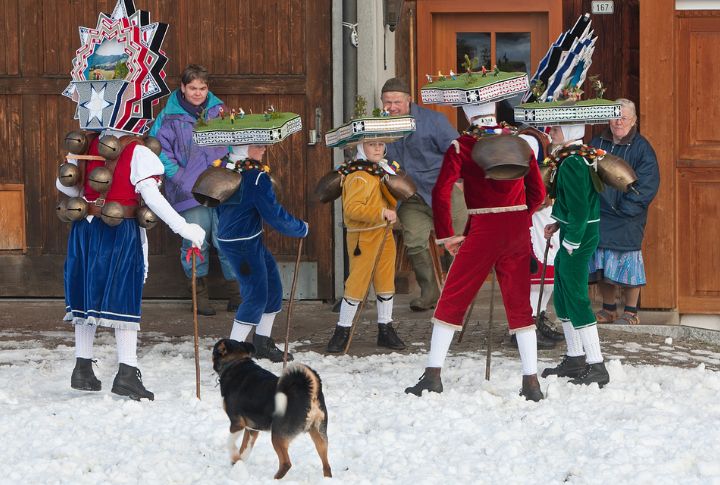
This breed is patient and loving with children, often forming strong bonds. Still, their large size means supervision is important to prevent accidental knocks or rough play. Therefore, it’s best to teach children how to respect dogs to keep everyone safe and happy.
They Shine In Draft And Herding Sports
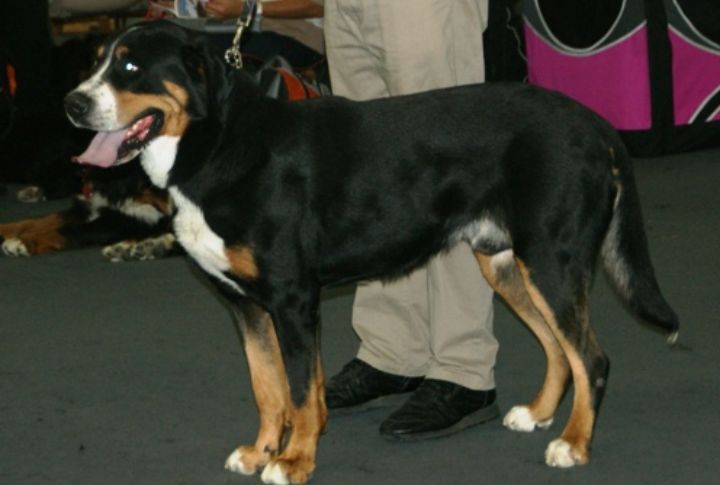
Greater Swiss Mountain Dogs excel in activities like cart pulling and herding trials. Their strength and intelligence make them top performers in working dog competitions, showing off the skills that have been bred into them for centuries.
They Hate Being Left Alone

This breed forms strong bonds with family members and struggles to handle long periods of solitude. Separation anxiety can develop if left alone too often, so they do better in homes where someone is around much of the day.
Big, Compact Paws Built For Terrain
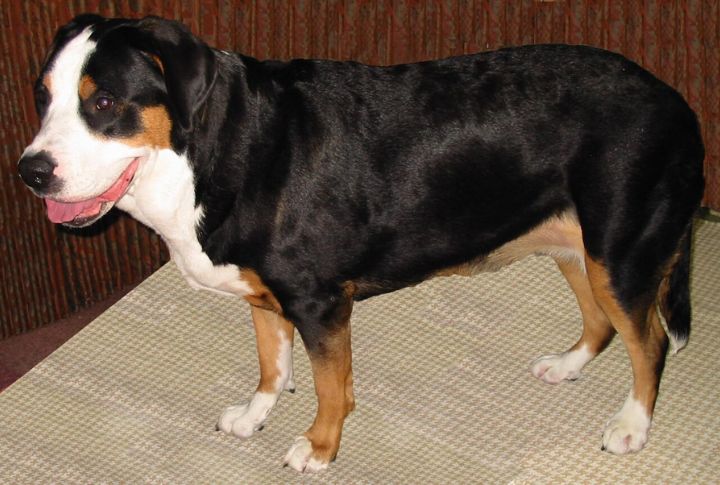
Historically, Greater Swiss Mountain Dogs often had double dewclaws on their rear legs, a trait linked to their alpine herding ancestry. They provide excellent traction on rocky mountain paths and snowy fields to help them work efficiently in harsh environments where footing is essential.
Cold Weather Is Their Comfort Zone
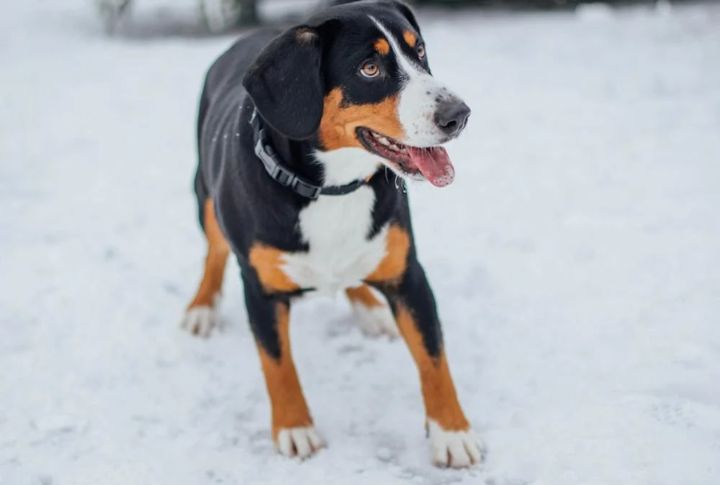
Thanks to their thick double coat, these dogs can handle cold climates like pros. They love outdoor adventures in snowy or chilly weather and can struggle with heat. Owners in warm areas need to take extra care to keep them cool and hydrated.
Still Rare Despite Growing Popularity
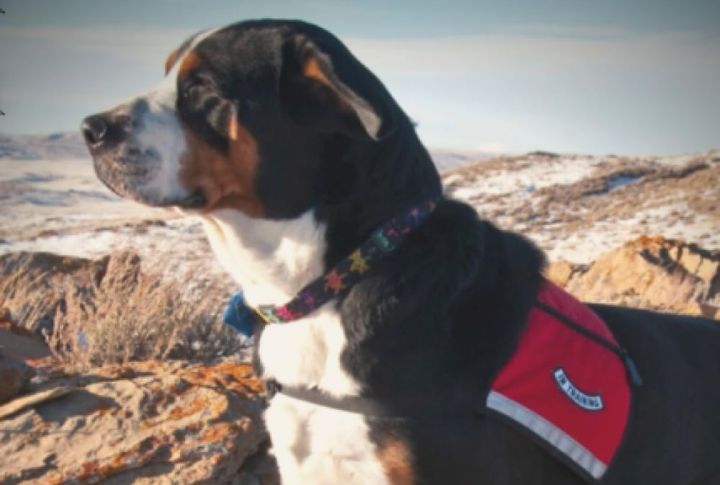
While more people are discovering this gentle breed, the Greater Swiss Mountain Dog remains relatively uncommon outside of Switzerland. Their rarity makes them special, but it also means potential owners should plan ahead to find reputable breeders.

